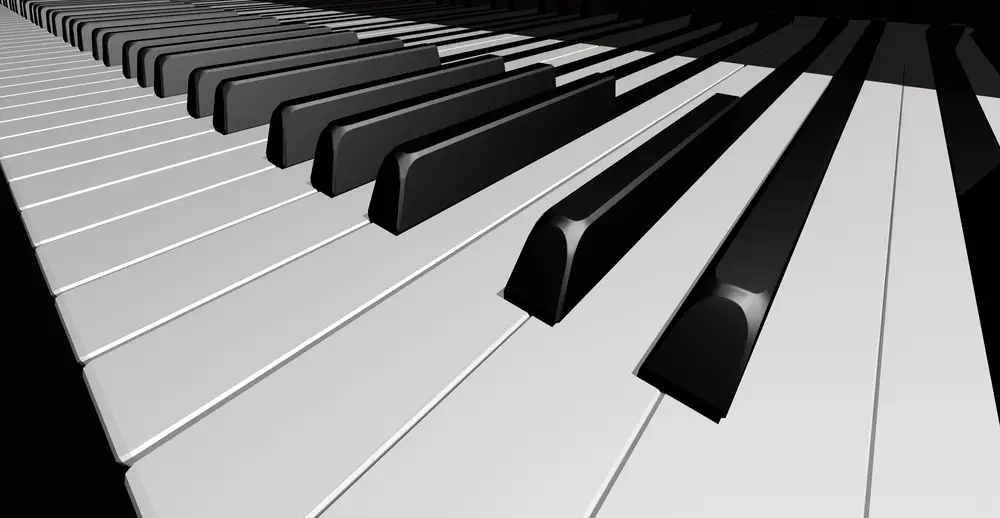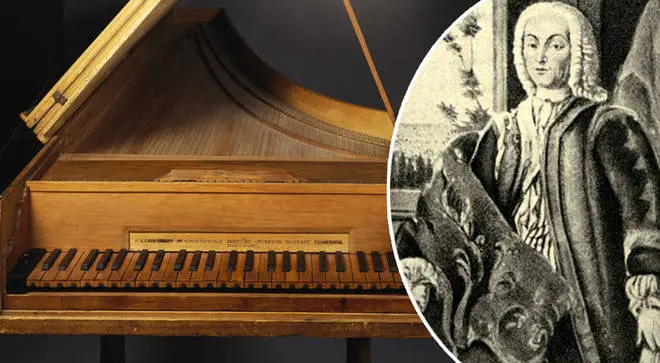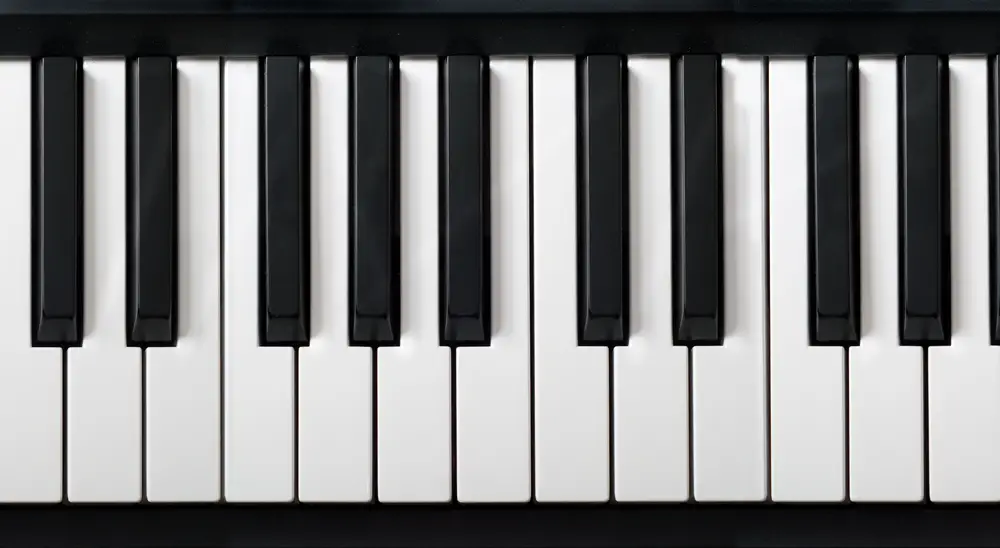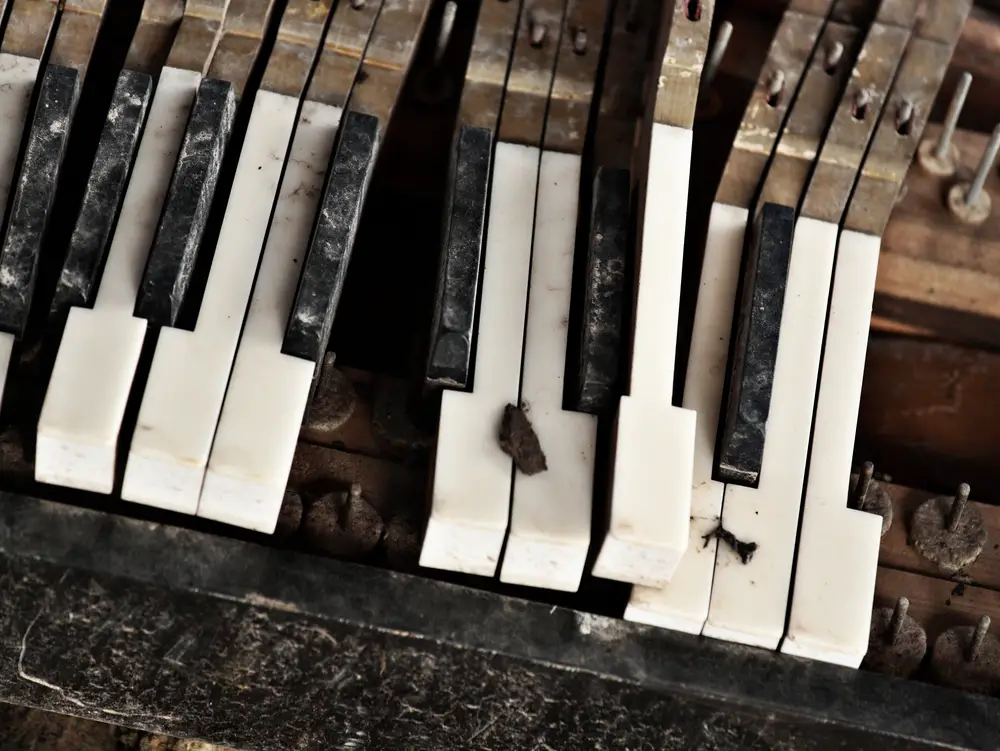
Pianos have existed for over 300 years.
Throughout that time, the keys have undergone several changes. Though the key materials have gotten better to use, their production hasn’t always been the most ethical. On the bright side, piano manufacturers use less harmful materials for the keys nowadays.
In this article, I’ll discuss the evolution of piano keys and why they’re currently made of plastic.
Table of Contents
- History of Piano Keys
- Is It Unethical To Own An Ivory Piano?
- Why Are Piano Keys Arranged Unevenly?
- How to Determine What Piano Keys You Have
- How To Fix Chipped Piano Keys
History of Piano Keys

When Bartolomeo Cristofori invented the piano around the year 1700, the keys were made mostly of wood. It wasn’t long before piano makers discovered the next major material: Ivory. People began to prefer this material over wood because of its texture, durability, and glossy appearance.
Ivory is made from an elephant’s tusk. As more and more people acquired pianos in the 19th and 20th centuries, the elephant population decreased severely. It’s said that millions of elephants were killed to create more piano keys. As a result, these creatures were placed on the list of endangered species in the 1970s. The international ivory trade was banned at that time as well.
In 1990, a world treaty banned the trade of all ivory. Though manufacturers don’t use ivory anymore, there are still lots of ivory pianos. You may even have an ivory piano sitting in your home.
Nowadays, pianos have plastic keys. They’re much cheaper than ivory keys and have a whiter color. Ivory turns yellow over time and has a very distinct texture. Some pianists prefer it over plastic because it’s slightly grippier. However, this leads to the question: Is it unethical to own a piano with ivory keys?
Is It Unethical To Own An Ivory Piano?
Thousands of ivory pianos still exist on the market today. Though they aren’t being produced, many piano stores still have used ones for sale. If you have an ivory key piano, it can be hard to decide whether or not it’s ethically sound.
There are several ways to look at it. The elephant is long gone, and its ivory was already used to make the keys. Your piano is also an antique. It can be comforting to know that elephants aren’t being killed for their ivory anymore.
However, if you’re strongly against illegal poaching, it can be quite conflicting. You may not feel good playing on ivory keys. If you value the craftsmanship of your antique piano but are highly against the keys, you could get a key replacement quote from a piano technician. For a price, the technician can replace them with plastic keys. In terms of responsiveness and touch, most pianists agree that modern plastic outshines ivory.
Why Are Piano Keys Arranged Unevenly?

You may have wondered why there are sets of 2 and 3 black keys on a piano. Throughout the evolution of keyboard instruments, people found what works best for their hands. It turns out that a consistent black-white key pattern isn’t optimal for us.
Not only does the current key layout work best for our hands, but it also makes it easier to distinguish notes. If there were a perfect mix of white and black notes, it would be impossible to tell which notes you were playing. Instead of being arranged in one group of 88 keys, a piano has 8 groups of 12 keys. Each group defines one octave.
Originally, pianos only had 60 keys, modeling the harpsichord. The need for more keys arose when composers began to write outside of a piano’s range. Pianos eventually worked up to 88 keys. Why aren’t there more?—you might wonder.
The main reason that pianos have stuck with 88 keys is the frequency range.
Humans can only hear a certain range of frequencies. Pianos only have 88 keys because this note range sounds best to our ears. Frequencies above the piano start sounding harsh, while lower frequencies become muddy. However, several piano manufacturers have created pianos with extra keys.
The most renowned company is Bosendorfer. They make pianos with 92 and 97 keys, all of which are black. The company recommends that pianists use these extra bottom keys to add warmth. Pianists rarely plan them by themselves, as they sound muddy.
How to Determine What Piano Keys You Have
If you don’t know the material of your keys, you’re not alone. If your piano was made before 1950, it almost certainly has ivory keys. Also, if the keys are yellow, it’s probably ivory as well. Besides the color, you can also distinguish ivory keys by looking at the key structure. Unlike plastic keys, each one is made of 3 pieces: The key, stem, and front. If you look closely, you can see a fine line intersecting the key and stem. The stem is the long and thin part of a white key. One last way to distinguish ivory is by looking for chips and cracks. Ivory chips easier than plastic because it wears faster.
How To Fix Chipped Piano Keys

If you have broken key tops, it’s possible to fix them yourself. However, if the piano has lots of chipped keys, you might be better off hiring a piano technician. They can fix the keys without the risk of further damage. Now, let’s dive into the process.
Things You Need
- Replacement key tops
- PVCE glue
- Razor Blade
- Heat gun
Step 1: Remove The Keys
You need to have plenty of room to work. Lifting or removing the keys makes them much easier to work on.
Step 2: Remove The Chipped Key
Make sure to remember the key’s number so you can put it back in the right place.
Step 3: Use a Heat Gun To Heat the Key Top
Continue heating the key top until you smell a slight odor.
Step 4: Peel Off Plastic With a Razor Blade
Carefully slip the blade between the wood and plastic and begin removing the plastic. If it doesn’t come off easily, you might need to heat it more. The most important thing is to not cut into the wood. If that starts to happen, stop and start from the other side.
Step 5: Apply PVCA Glue To The New Key Top
Apply glue until there is an even coat.
Step 6: Place The Key Top On The Wood
You’ll want to wait several hours to let the glue dry.
Step 7: Put The Piano Keys Back In
Once you put the keys back in the piano, the job is done. You will have safely replaced the keys without having to hire a professional.
